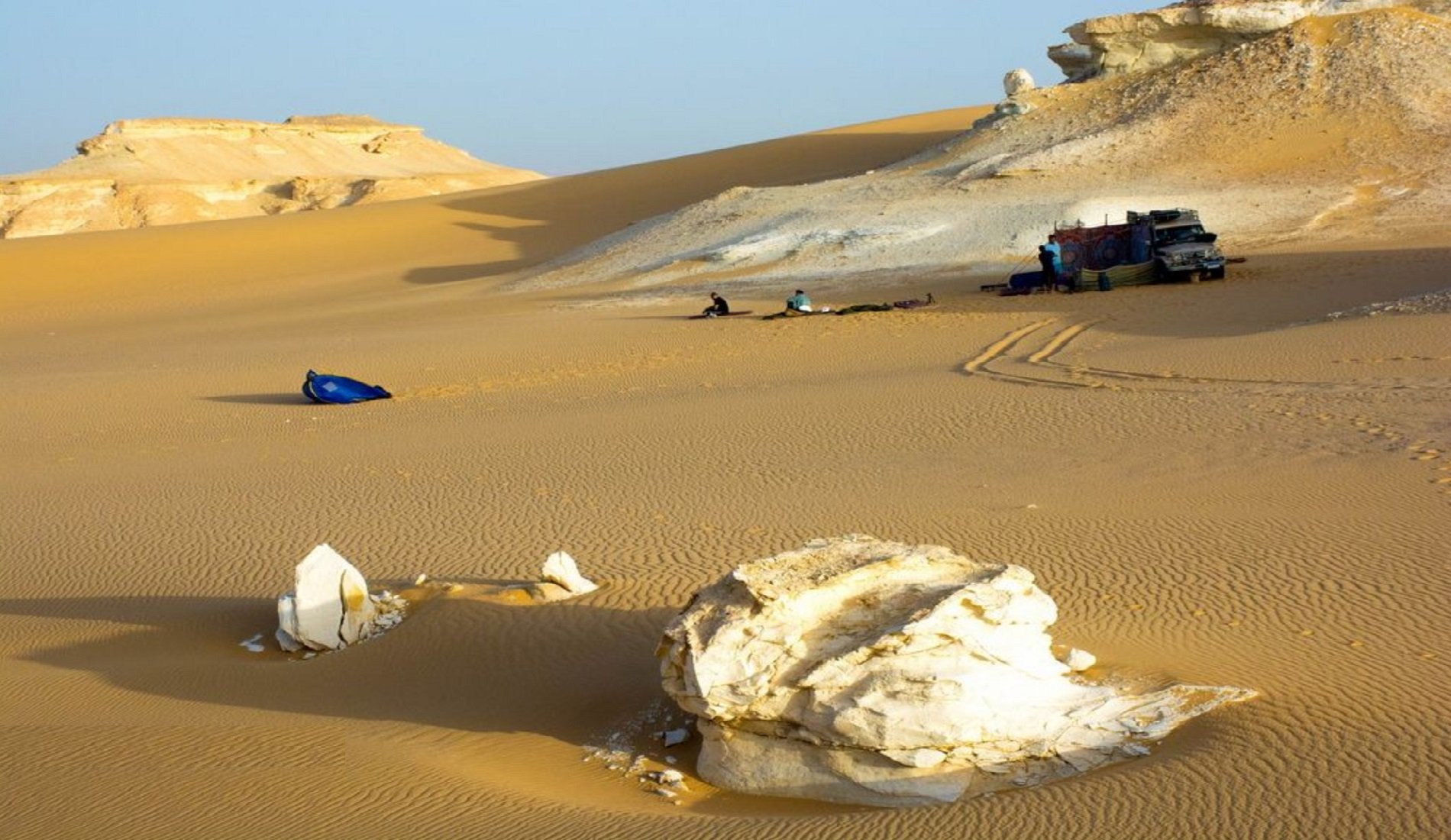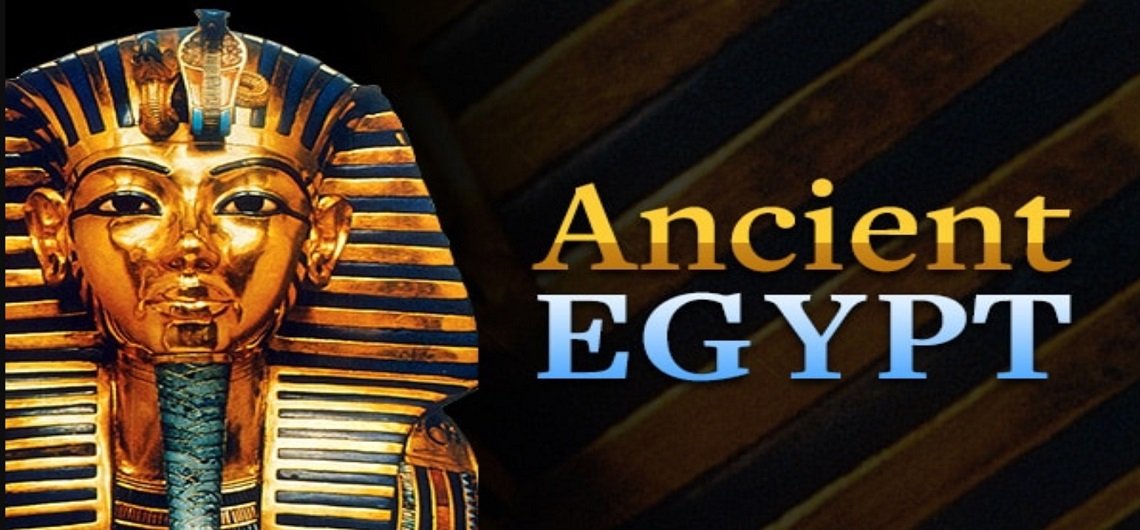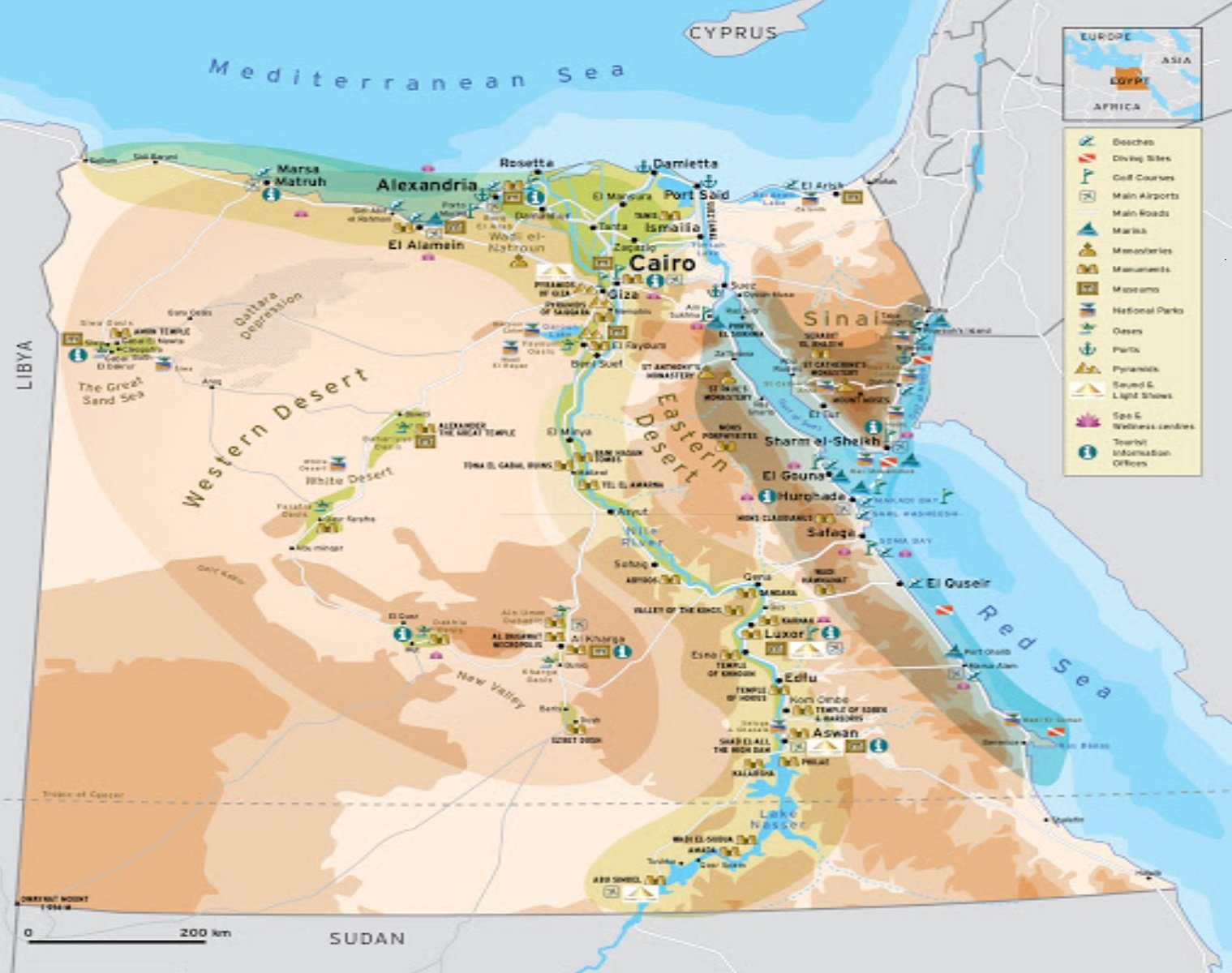The civilization of Ancient Egypt, perhaps the most famous and explored, but at the same time, probably the most mysterious – so far the history of Egypt contains many white spots and inaccuracies. But the more interesting it is to study it, to feel the breath of the ancient and mystical era.
The flourishing Ancient Egyptians created one of the most admired civilizations in history.
Ancient Egyptian civilization goes back more than 6,000 years. The beginnings of Ancient Egyptian civilization naturally concentrated along the banks of the Nile River when in pre-history ancient people migrated toward the Nile, away from the arid land of the desert and northward, down the Nile from Nubia and Ethiopia.
Ancient Egyptians of Southern and Northern Egypt developed governance and political administrations that eventually came into conflict and threatened the greater stability of the area. Political unification became necessary and it first came about during the reign of Narmer when he united the kingdoms of Upper and Lower Egypt. King Narmer was the first in a long line of royal families who ruled Egypt and thus is the founder of the Dynastic (Pharaonic) Age.
The indigenous name for Ancient Egypt in hieroglyphics (medu netcher) is KMT or Kemet. The history of Ancient Egyptian civilization is divided by known stable periods (Old Kingdom, Middle Kingdom, New Kingdom). Ancient Egypt reached the peak of its power during the 19th Dynasty, under the reign of Ramesses II. Alternately, Ancient Egypt was subject to periods of instability and numerous foreign invasions. The Egyptian people fought back and historical evidence repeatedly shows that stability was restored by leaders from the south (Upper Egypt and Nubia). The 25th Dynasty (about 350 B.C.) was the last rulership by people indigenous to Ancient Egypt. Thereafter, Egypt was conquered and ruled by outsiders.
The success of Ancient Egyptian civilization, in part, was due to their ability to adapt to the Nile River and its yearly floods. The Ancient Egyptians were observers of nature and were students of life. They learned how to irrigate the fertile Nile Valley to enhance agricultural production. This achievement led to an abundance of crops, which led to the growth of communities on the banks of the Nile.
The Ancient Egyptians also knew the value of the mineral wealth of the valley and the surrounding desert areas. They are the originators of modern civilization in that they were the first to develop a system of language and writing, to develop agriculture, to establish cities and governments, to have a concept of God, and they are the ones who developed science and math and architecture, law, religious concepts, medicine, art, business, board games, and more!
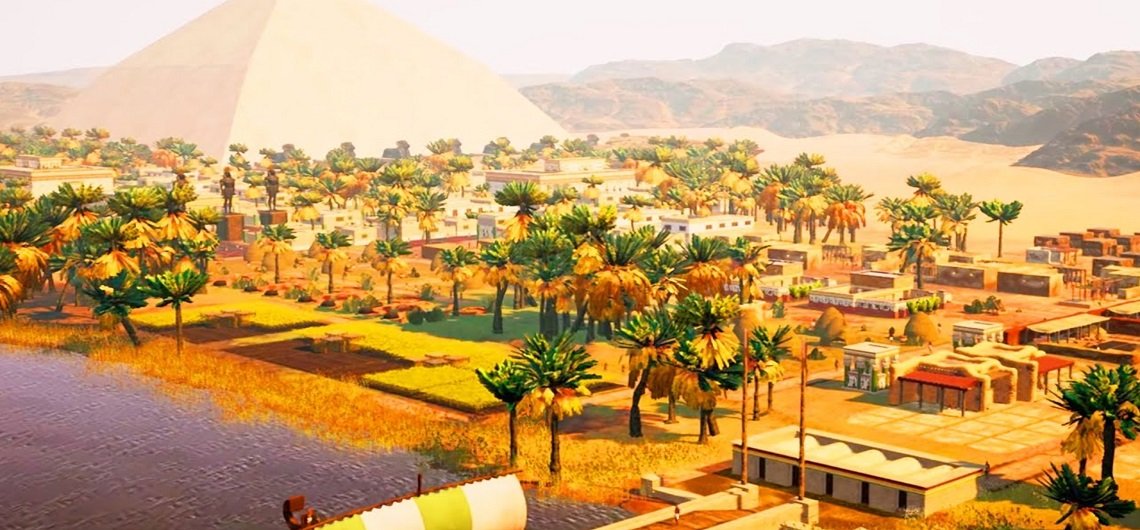
They established armies to protect them from their enemies and confirmed the domination of Egypt. The building of temples and tombs required organization and management of those activities, which created a layer of bureaucratic elite scribes, religious leaders and administrators, who were under the control of the Pharaoh to ensure the spirit of cooperation and unity among the members of the Egyptian people.
Included in the achievements of the Ancient Egyptians is their development of new technologies in stone masonry and construction, which facilitated them in building megalith buildings, temples and obelisks. The Ancient Egyptians are also credited with building the oldest ships and techniques for producing faience (Egyptian glass for jewelry), the invention of permanent colors for clothing and artisan work, for the creation of paper and books, astrology, musical instruments, and makeup, just to name a fraction of what they produced from their wisdom and knowledge.
After the ancient period, there was a long period of decline in Egypt. Then the Arab conquest occurred in 641 A.D. and is considered the beginning of the Medieval history of Egypt. It is significant because it resulted in the strong presence of Islam and Arab culture which endures to this day.
In 1260, the ruler, Qutuz, and his forces stopped a foreign advance that was moving across the Arab world. In 1517 the country was conquered by Sultan Selim I and absorbed into the Ottoman Empire.
Tourist Centers
Luxor
Luxor is a major attraction for tourists visiting Egypt. The majority of the relics, sites and structures from antiquity are found in Luxor. It was the capital of Egypt in ancient times.
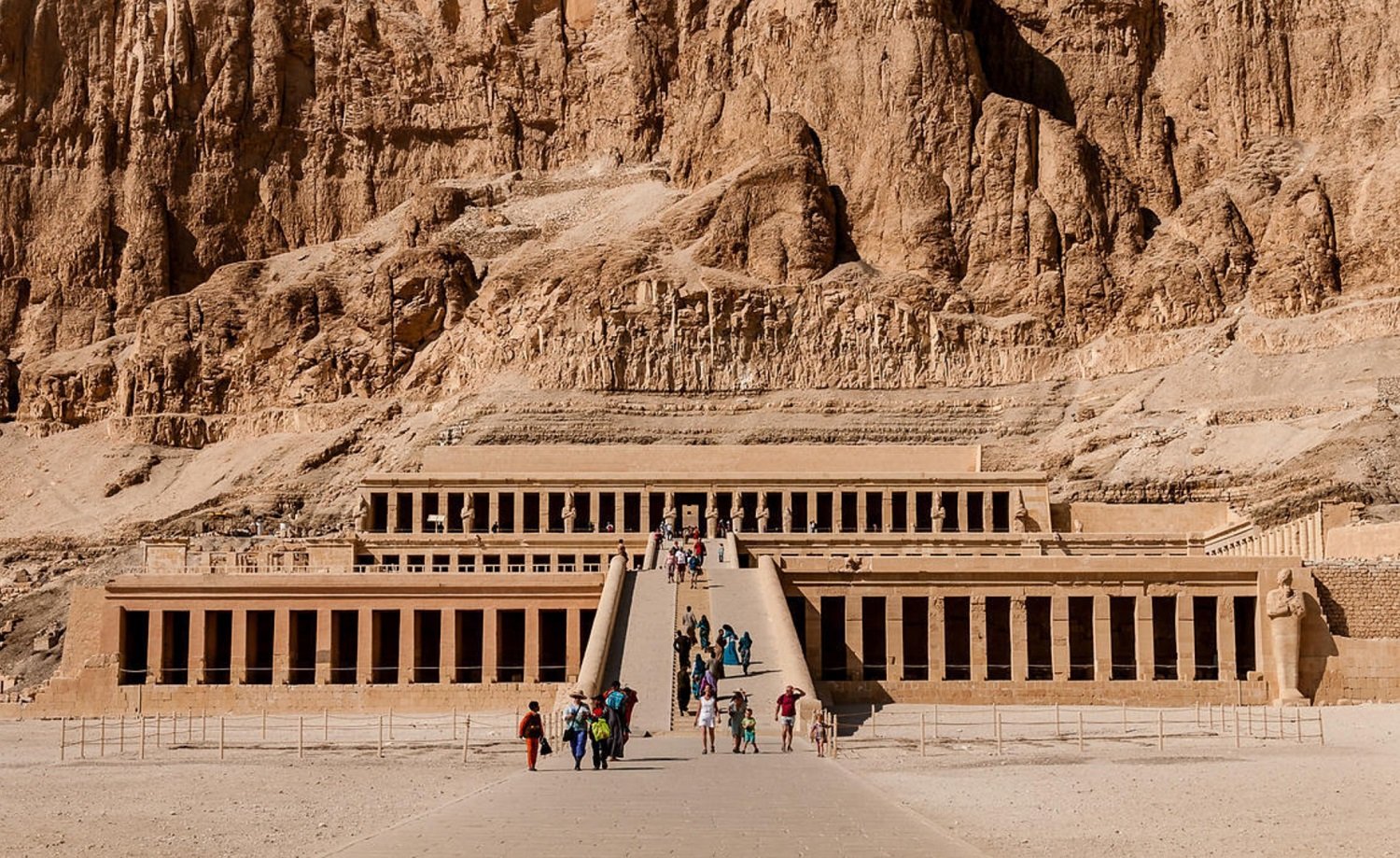
Aswan
Aswan was the ancient city of Swenet and is one of the most ancient cities in Egypt. Aswan is located in one of the driest places on Earth, going years between rainfalls.
The city is a popular tourist destination with its many markets and includes such historic sites as:
Elephantine Island, The Nubian Museum, the High Dam, the Unfinished Obelisk, numerous Nubian villages, the Tombs of the Nobles, one of the most ancient cities in Egypt. Abu Simbel is also an important site that can be accessed from Aswan.
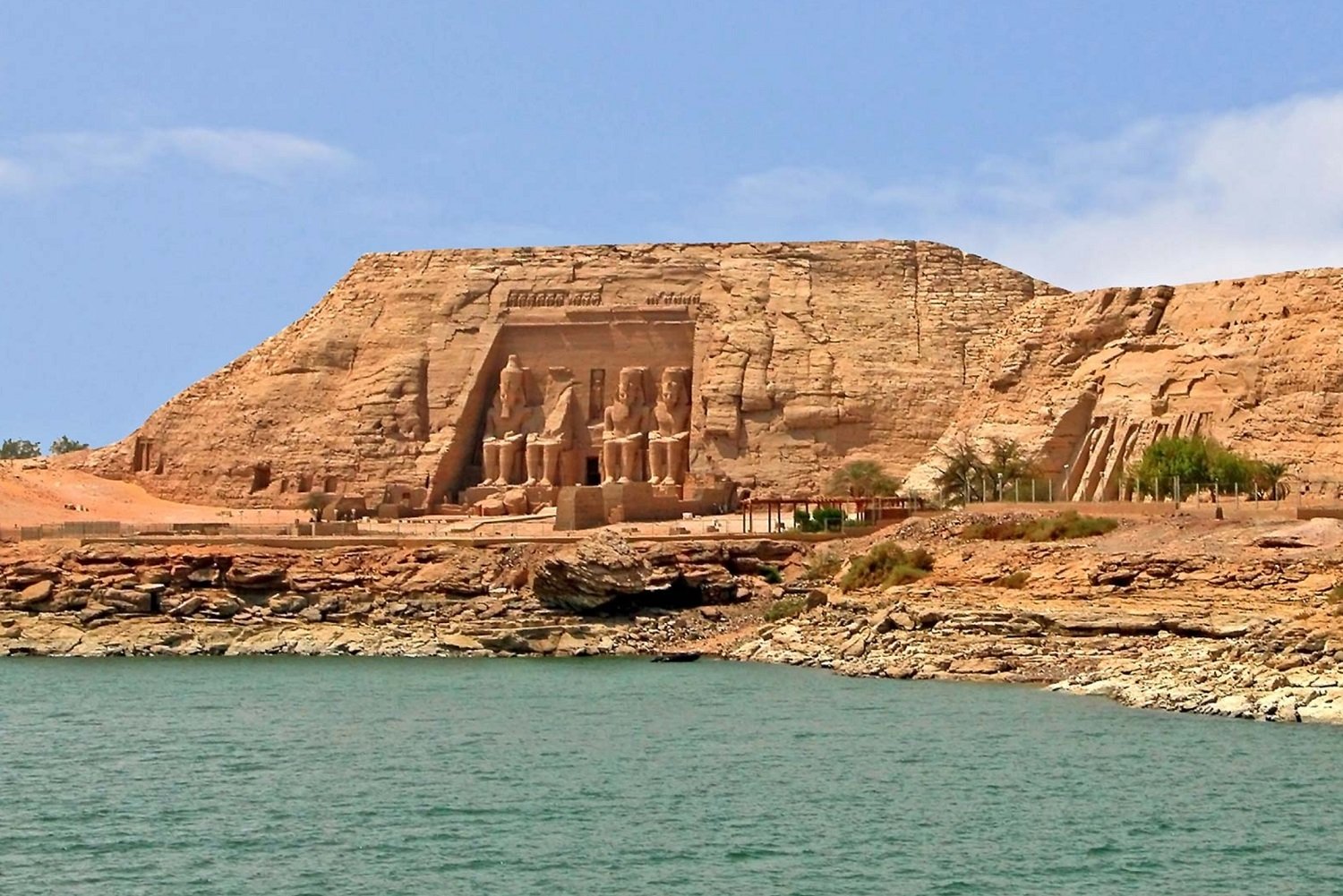
New Valley Oasis
The New Valley Govenorate is the largest province and the least populated region in Egypt. It is one of the most beautiful natural resources in Egypt.
The New Valley Govenorate is located in the southwestern part of the country, in the Libyan Desert section of the Sahara – between the Nile, northern Sudan and southeastern Libya. It is an area of desert sand interspersed with fertile oasis. There are five major oases along a curved route between Luxor and Cairo.
Tourist sites of interest include rock quarries, ancient tombs and temples, mineral and sulphur springs, the White desert and it’s unique architecture and culture.
